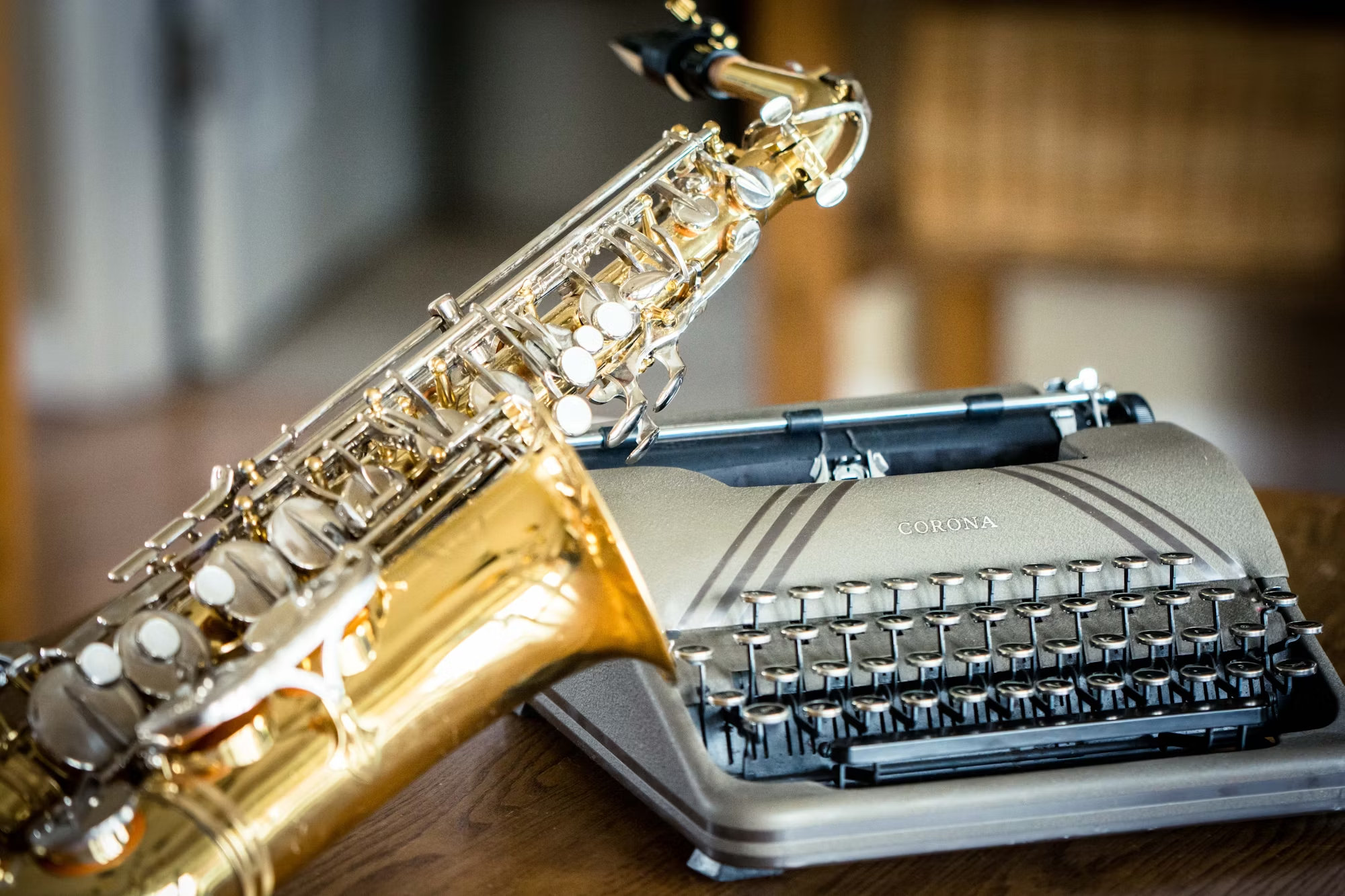Classical music, a genre that spans over a millennium, is more than just a collection of compositions; it represents the artistic and cultural evolution of society through the ages. From the intricate polyphonies of the Middle Ages to the grand symphonies of the Romantic period, classical music has continually adapted and thrived, leaving a lasting legacy that influences modern music today. This article delves into the rich tapestry of classical music, examining its historical development, notable composers, and its enduring impact on contemporary culture.
The origins of classical music can be traced back to the medieval period, where sacred music predominated in churches and monasteries. Gregorian chant, characterized by its monophonic texture and free rhythm, laid the foundation for future developments in music. As the centuries progressed, composers began experimenting with polyphony, creating intricate vocal harmonies that became central to the Western musical tradition. The advent of musical notation in the 9th century was a pivotal moment, allowing composers to document their works and enabling the transmission of musical ideas across generations.
The Renaissance era marked a significant turning point in the history of classical music. Composers such as Josquin des Prez and Giovanni Pierluigi da Palestrina pushed the boundaries of polyphonic music, introducing greater complexity and emotional depth. The rise of secular music during this period led to the development of new forms, including madrigals and chansons, which celebrated human experiences and emotions. The interplay between sacred and secular music during the Renaissance laid the groundwork for the rich developments that would follow in the Baroque period.
The Baroque era, spanning from roughly 1600 to 1750, witnessed a surge in musical innovation. Composers like Johann Sebastian Bach, George Frideric Handel, and Antonio Vivaldi emerged as key figures, each contributing unique styles and forms that would shape the genre for centuries. Bach’s intricate counterpoint and harmonic exploration, exemplified in works like the “Brandenburg Concertos” and the “Well-Tempered Clavier,” showcased the complexity of Baroque music. Meanwhile, Handel’s oratorios, such as “Messiah,” combined dramatic narrative with choral grandeur, leaving an indelible mark on sacred music.
As the Baroque period transitioned into the Classical era, a new aesthetic emerged, emphasizing clarity, balance, and form. Composers like Wolfgang Amadeus Mozart and Joseph Haydn redefined musical composition, creating symphonies, string quartets, and operas that showcased their mastery of structure and melody. Mozart, in particular, is celebrated for his ability to blend technical skill with profound emotional expression, evident in masterpieces like “The Magic Flute” and “Requiem.” Haydn, often referred to as the “father of the symphony,” played a crucial role in establishing the symphonic form that would dominate the Classical period.
The Romantic era, which followed the Classical period, was characterized by an emphasis on individual expression and emotional depth. Composers such as Frédéric Chopin, Pyotr Ilyich Tchaikovsky, and Johannes Brahms sought to convey profound emotions through their music, often drawing inspiration from literature, nature, and personal experiences. Chopin’s piano works, including nocturnes and études, are revered for their lyrical beauty and technical demands, while Tchaikovsky’s ballets, such as “Swan Lake” and “The Nutcracker,” remain staples of the classical repertoire. The Romantic period also saw the emergence of programmatic music, where composers sought to tell stories or convey images through instrumental works, exemplified by Richard Strauss’s tone poems and Berlioz’s “Symphonie Fantastique.”
The 20th century brought about dramatic changes in the world of classical music, as composers began to experiment with new forms and styles. The rise of modernism led to the exploration of dissonance, atonality, and unconventional structures. Pioneers such as Igor Stravinsky, Arnold Schoenberg, and Béla Bartók challenged traditional musical norms, pushing the boundaries of composition. Stravinsky’s “The Rite of Spring,” with its complex rhythms and orchestration, caused a sensation at its premiere in 1913, highlighting the transformative power of modern music. Meanwhile, Schoenberg’s twelve-tone technique revolutionized composition, laying the groundwork for much of contemporary classical music.
Despite these innovations, classical music has maintained a deep connection to its historical roots. Contemporary composers continue to draw inspiration from earlier traditions, often blending styles and incorporating elements from diverse musical cultures. The revival of interest in historical performance practices has further enriched the classical music landscape, allowing modern audiences to experience works as they were originally intended.
The impact of classical music extends beyond the concert hall. It has permeated various aspects of popular culture, influencing film scores, jazz, and even rock music. Composers like Hans Zimmer and John Williams have incorporated classical elements into their film scores, creating iconic soundtracks that resonate with audiences worldwide. The interplay between classical and contemporary music continues to inspire new generations of musicians and composers, fostering a dialogue between the past and the present.
Furthermore, the accessibility of classical music has expanded in recent years, thanks in part to advancements in technology. Streaming platforms and digital media have made it easier for listeners to explore vast libraries of classical recordings, allowing for a broader appreciation of the genre. Additionally, initiatives aimed at promoting classical music in schools and communities have helped introduce young audiences to the beauty and complexity of this art form.
In conclusion, classical music remains a vibrant and essential part of the global cultural landscape. Its rich history, marked by innovation and creativity, continues to inspire artists and audiences alike. From its origins in the medieval period to the diverse expressions of the contemporary scene, classical music embodies the enduring power of human expression and the quest for beauty. As we celebrate the legacy of classical composers and their works, we also look forward to the future, where new voices and ideas will continue to enrich this timeless genre.



